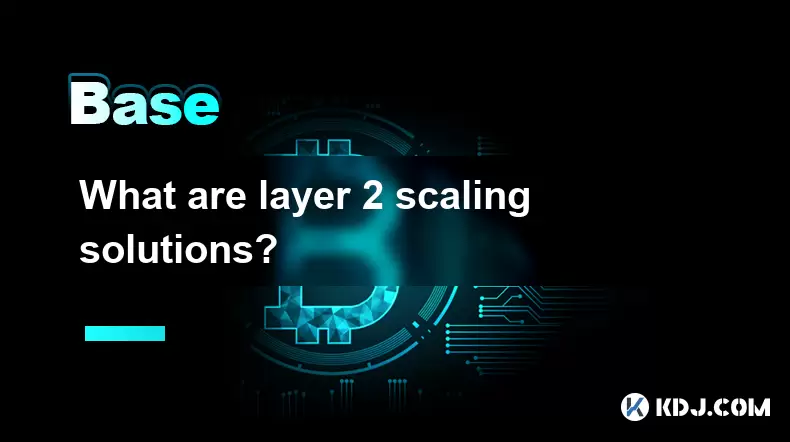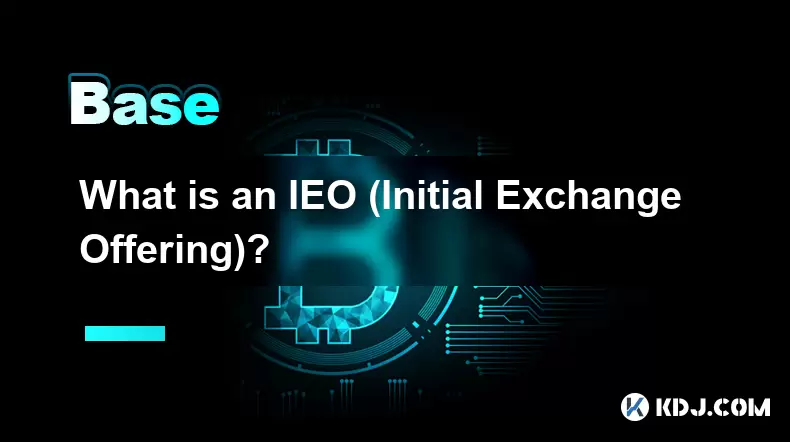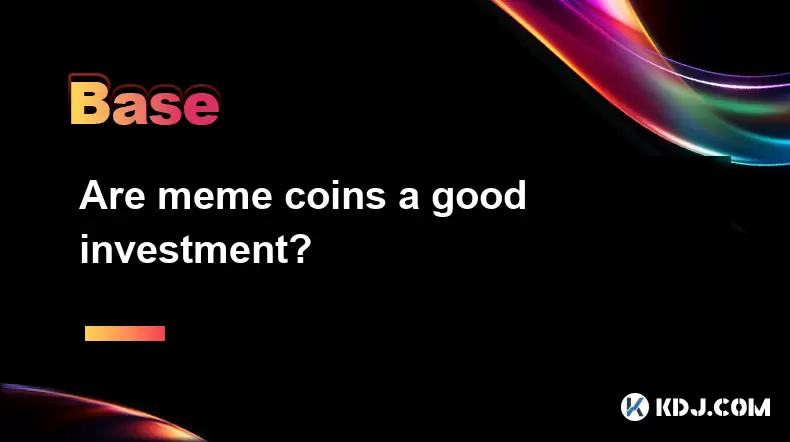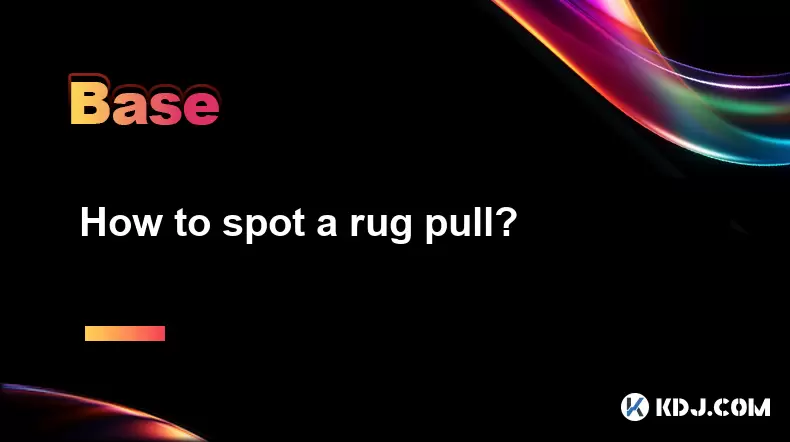-
 Bitcoin
Bitcoin $116700
0.24% -
 Ethereum
Ethereum $3973
4.34% -
 XRP
XRP $3.283
7.68% -
 Tether USDt
Tether USDt $1.000
0.01% -
 BNB
BNB $789.8
2.27% -
 Solana
Solana $176.2
3.31% -
 USDC
USDC $0.9999
0.00% -
 Dogecoin
Dogecoin $0.2238
5.14% -
 TRON
TRON $0.3389
-0.51% -
 Cardano
Cardano $0.7907
4.03% -
 Stellar
Stellar $0.4527
10.02% -
 Hyperliquid
Hyperliquid $41.07
4.27% -
 Sui
Sui $3.794
1.77% -
 Chainlink
Chainlink $19.49
10.40% -
 Bitcoin Cash
Bitcoin Cash $580.9
0.74% -
 Hedera
Hedera $0.2617
4.32% -
 Avalanche
Avalanche $23.41
3.67% -
 Ethena USDe
Ethena USDe $1.001
-0.03% -
 Litecoin
Litecoin $122.4
1.38% -
 Toncoin
Toncoin $3.364
1.49% -
 UNUS SED LEO
UNUS SED LEO $8.988
0.37% -
 Shiba Inu
Shiba Inu $0.00001295
2.82% -
 Uniswap
Uniswap $10.62
5.75% -
 Polkadot
Polkadot $3.922
4.46% -
 Dai
Dai $1.000
0.01% -
 Bitget Token
Bitget Token $4.494
2.15% -
 Monero
Monero $268.0
-1.30% -
 Cronos
Cronos $0.1523
3.68% -
 Pepe
Pepe $0.00001127
4.43% -
 Aave
Aave $285.4
4.85%
What are layer 2 scaling solutions?
Layer 2 solutions like rollups and state channels boost blockchain speed and cut fees by processing transactions off-chain while inheriting Ethereum’s security.
Aug 09, 2025 at 04:07 am

Understanding Layer 2 Scaling Solutions in Cryptocurrency
In the world of blockchain and cryptocurrencies, scalability has long been a pressing challenge. As networks like Bitcoin and Ethereum grow in popularity, the number of transactions increases, leading to network congestion, high fees, and slower processing times. To address these limitations, developers have introduced layer 2 scaling solutions. These are secondary protocols built on top of an existing blockchain (layer 1) that aim to improve transaction speed and reduce costs without compromising security. Layer 2 solutions process transactions off the main chain, then periodically submit the results back to the layer 1 blockchain for final settlement.
The core idea behind layer 2 is to offload transaction processing from the primary network. This allows the main blockchain to remain secure and decentralized while still handling a much higher volume of transactions. By moving most operations off-chain, layer 2 protocols can achieve near-instant confirmations and drastically lower fees, making blockchain technology more practical for everyday use.
Common Types of Layer 2 Technologies
Several types of layer 2 solutions have been developed, each with its own technical approach and trade-offs.
State Channels: These allow participants to conduct multiple transactions off-chain between themselves. Only the opening and closing transactions are recorded on the main blockchain. A well-known example is the Lightning Network for Bitcoin. In a state channel, users lock funds in a multisig wallet and exchange signed updates off-chain. When they're done, the final state is broadcast to the blockchain.
Rollups: These bundle multiple transactions into a single transaction on layer 1. There are two main types: Optimistic Rollups and ZK-Rollups. Optimistic Rollups assume transactions are valid by default and use a challenge period to detect fraud. ZK-Rollups use zero-knowledge proofs to cryptographically prove the validity of transactions before submission. Both significantly reduce gas costs and increase throughput.
Plasma: This framework creates child chains that periodically commit their state to the main chain. Each plasma chain can process its own transactions and only relies on the root chain for dispute resolution. While powerful, plasma has limitations in handling complex smart contracts.
Validium: Similar to ZK-Rollups, but with data stored off-chain. This increases scalability but introduces some data availability risks since not all data is published on layer 1.
Each of these technologies leverages the security of the underlying blockchain while enhancing performance through off-chain computation.
How to Use Layer 2 Networks: A Step-by-Step Guide
Using a layer 2 network involves several steps, particularly when interacting with Ethereum-based rollups like Arbitrum, Optimism, or zkSync.
Connect your Ethereum wallet (such as MetaMask) to the layer 2 network. This requires adding the network’s custom RPC settings, including chain ID, block explorer URL, and currency symbol.
Bridge your ETH or ERC-20 tokens from Ethereum mainnet to the layer 2. Visit the official bridge of the layer 2 (e.g., Arbitrum Bridge or Optimism Gateway), connect your wallet, and initiate a deposit. This process may take several minutes to hours due to Ethereum’s finality.
Once funds are on layer 2, you can interact with decentralized applications (dApps) hosted there. These include decentralized exchanges like Uniswap on Optimism or lending platforms like Aave on Arbitrum.
To withdraw funds back to Ethereum, initiate a withdrawal through the bridge. Note that withdrawals to layer 1 often have a challenge period (especially on Optimistic Rollups), which can last up to 7 days.
Always verify transaction status using the layer 2’s block explorer (e.g., Arbiscan or Optimistic Etherscan) to confirm completion.
Ensuring correct network configuration and using official bridge interfaces is crucial to avoid loss of funds.
Security Considerations in Layer 2 Systems
While layer 2 solutions enhance scalability, their security models vary. The strongest systems inherit security from layer 1 through cryptographic proofs or economic incentives.
In ZK-Rollups, the validity of every batch is proven using zero-knowledge succinct non-interactive arguments of knowledge (zk-SNARKs). This means even if the operator is malicious, invalid transactions cannot be accepted. The data needed to reconstruct the state is published on layer 1, ensuring data availability.
In contrast, Optimistic Rollups rely on a fraud-proof mechanism. Anyone can challenge a fraudulent transaction during the dispute window. Validators, known as watchers, monitor the chain and submit proofs if they detect invalid state transitions. However, this model assumes at least one honest node is actively watching.
State channels are secure as long as participants can broadcast the latest state to the blockchain if one tries to cheat. The on-chain contract enforces the most recent signed state, protecting honest users.
One risk across all layer 2s is centralization of sequencers—the nodes that order transactions. If a single entity controls sequencing, it could temporarily censor transactions or manipulate order. Some projects are working toward decentralized sequencers to mitigate this.
Impact on Decentralized Finance (DeFi) and User Experience
Layer 2 solutions have transformed the DeFi ecosystem by making it more accessible. High gas fees on Ethereum mainnet previously made small trades or frequent interactions economically unfeasible. With layer 2, users can trade, lend, and borrow at a fraction of the cost.
For example, swapping tokens on Arbitrum via Camelot or depositing into Yearn Finance on Optimism costs pennies instead of tens of dollars. This enables microtransactions and encourages broader participation.
Developers benefit from higher throughput and lower operational costs, allowing them to design more complex and interactive dApps. Gaming and social platforms on blockchain, which require fast and frequent transactions, are now viable thanks to layer 2.
From a user perspective, the experience is nearly identical to using layer 1, but faster and cheaper. Wallets like Rainbow and Frame now support layer 2 networks natively, simplifying the bridging and interaction process.
Frequently Asked Questions
What happens if a layer 2 network goes offline?
Even if a layer 2 network is temporarily unreachable, users can still exit by submitting transactions directly to the layer 1 contract. Most systems include mechanisms for forced withdrawals or escape hatches to ensure fund recovery.
Are all dApps available on layer 2?
No. Only dApps that have deployed their smart contracts on a specific layer 2 network are accessible there. Users must check if platforms like Curve, Balancer, or MakerDAO have launched on their chosen layer 2.
Can I earn yield on assets bridged to layer 2?
Yes. Many DeFi protocols on layer 2 offer liquidity mining, staking, and lending opportunities. For example, Velodrome on Optimism and Equalizer on Arbitrum provide yield-generating pools.
Is transferring assets between different layer 2 networks possible?
Direct transfers are not natively supported. Users must bridge assets back to Ethereum mainnet first, then deposit to another layer 2. However, emerging cross-layer bridges like LayerZero and Wormhole are enabling direct layer 2-to-layer 2 communication.
Disclaimer:info@kdj.com
The information provided is not trading advice. kdj.com does not assume any responsibility for any investments made based on the information provided in this article. Cryptocurrencies are highly volatile and it is highly recommended that you invest with caution after thorough research!
If you believe that the content used on this website infringes your copyright, please contact us immediately (info@kdj.com) and we will delete it promptly.
- Coinbase, Cosmos, and dYdX: Navigating the Crypto Currents
- 2025-08-09 06:30:16
- BNB Price, Altcoins, and Predictions: What's the Buzz?
- 2025-08-09 06:30:16
- Crypto Presale Projects Primed for Gains in 2025: A New Yorker's Take
- 2025-08-09 06:50:15
- Ruvi AI: The Millionaire Maker Poised for a Price Spike?
- 2025-08-09 06:50:15
- MAGACOIN FINANCE: August 2025's Standout Presale - Is it the Next Big Thing in Crypto Finance?
- 2025-08-09 06:55:27
- Token Buybacks, Onchain Data, and Developers: What's Buzzing in Crypto
- 2025-08-09 05:10:15
Related knowledge

Can you reuse a crypto wallet address?
Aug 08,2025 at 03:49pm
Understanding Wallet Addresses in CryptocurrencyA crypto wallet address is a unique identifier used to send and receive digital assets on a blockchain...

What is an IEO (Initial Exchange Offering)?
Aug 09,2025 at 06:22am
Understanding the Concept of IEO (Initial Exchange Offering)An Initial Exchange Offering (IEO) is a fundraising method used by blockchain-based projec...

Are meme coins a good investment?
Aug 08,2025 at 11:36pm
Understanding Meme Coins and Their OriginsMeme coins are a category of cryptocurrencies that originated from internet humor or viral trends rather tha...

What are layer 2 scaling solutions?
Aug 09,2025 at 04:07am
Understanding Layer 2 Scaling Solutions in CryptocurrencyIn the world of blockchain and cryptocurrencies, scalability has long been a pressing challen...

How are flash loans used?
Aug 08,2025 at 01:08pm
Understanding Flash Loans in Decentralized FinanceFlash loans are a unique innovation within the decentralized finance (DeFi) ecosystem, allowing user...

How to spot a rug pull?
Aug 08,2025 at 11:21pm
Understanding the Concept of a Rug PullA rug pull is a type of scam prevalent in the decentralized finance (DeFi) and cryptocurrency space where devel...

Can you reuse a crypto wallet address?
Aug 08,2025 at 03:49pm
Understanding Wallet Addresses in CryptocurrencyA crypto wallet address is a unique identifier used to send and receive digital assets on a blockchain...

What is an IEO (Initial Exchange Offering)?
Aug 09,2025 at 06:22am
Understanding the Concept of IEO (Initial Exchange Offering)An Initial Exchange Offering (IEO) is a fundraising method used by blockchain-based projec...

Are meme coins a good investment?
Aug 08,2025 at 11:36pm
Understanding Meme Coins and Their OriginsMeme coins are a category of cryptocurrencies that originated from internet humor or viral trends rather tha...

What are layer 2 scaling solutions?
Aug 09,2025 at 04:07am
Understanding Layer 2 Scaling Solutions in CryptocurrencyIn the world of blockchain and cryptocurrencies, scalability has long been a pressing challen...

How are flash loans used?
Aug 08,2025 at 01:08pm
Understanding Flash Loans in Decentralized FinanceFlash loans are a unique innovation within the decentralized finance (DeFi) ecosystem, allowing user...

How to spot a rug pull?
Aug 08,2025 at 11:21pm
Understanding the Concept of a Rug PullA rug pull is a type of scam prevalent in the decentralized finance (DeFi) and cryptocurrency space where devel...
See all articles

























































































